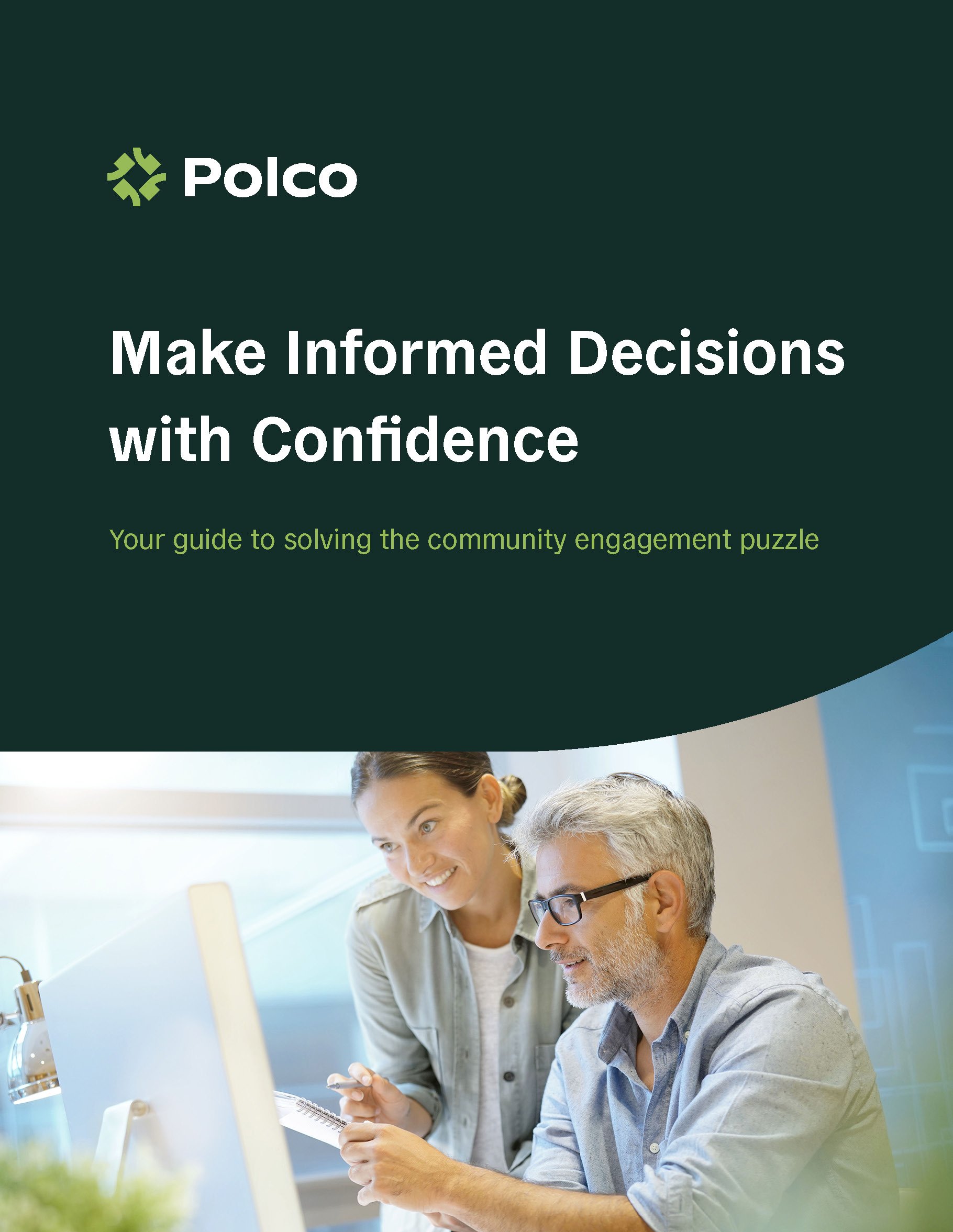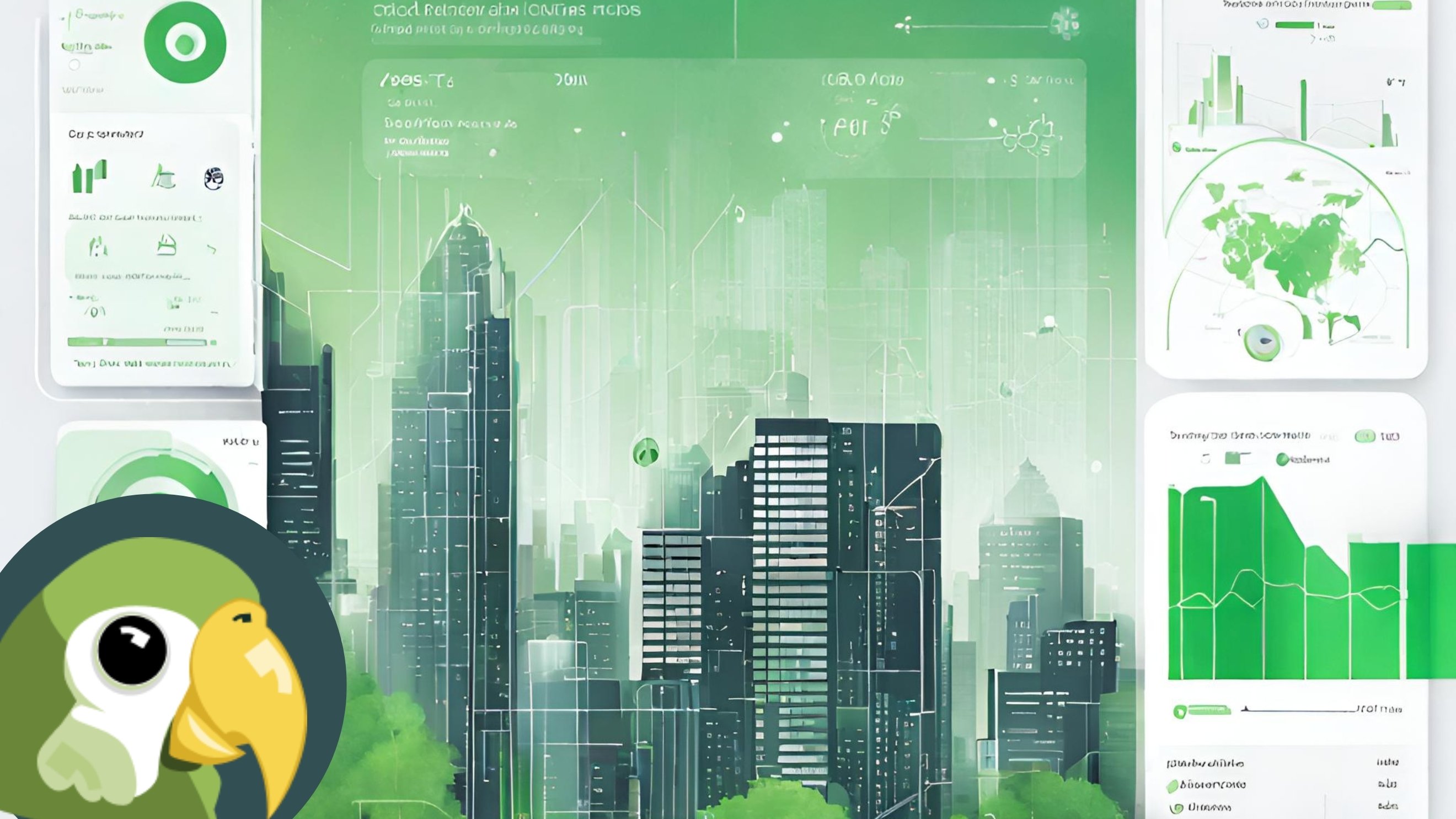Share this
Subscribe to Our Newsletter

Featured Report
Download your copy of "Make Informed Decisions with Confidence: Solving The Community Engagement Puzzle" today!
by NRC on May 13, 2013

NRC applauds the city of Minneapolis for its commitment to data-driven decision making, and the steps they are taking to engage the public around the issue of access to information. We are proud to be a partner in this important work.
‘Digital divide’ survey finds more Minneapolis households have computers, Internet access
84 percent reported having computers, Internet access compared to 82 percent in 2012
Next step is community meetings to discuss ways to bridge the gap
May 10, 2013 (MINNEAPOLIS) More than 3,200 people participated and the results are in on a survey the City of Minneapolis conducted in January to understand how Minneapolis residents use computers, mobile devices and the Internet to better their daily lives. The survey results show that 84 percent of Minneapolis residents surveyed have computers with Internet access at home (an increase from 82 percent in 2012), but technology access and knowledge gaps still exist with certain demographics of the city. The survey is intended to determine the state of the “digital divide” in Minneapolis, which is the gap between individuals and groups in their access to information and communication technologies, and their use and knowledge of these technologies.
The City of Minneapolis is taking a leadership role to help community members, the private sector, and groups interested in digital inclusion come together to address the digital divide in Minneapolis. The City will use this survey data to help bring people and organizations together to develop ways to more effectively close the gaps.
The City’s Information Technology vision includes a component for addressing the digital divide. As government, education, health care providers and businesses are using technology to connect more and more with people online, it’s important to ensure that all individuals can participate in the benefits of the digital society. The city’s residents and businesses need to be equipped to effectively compete with others around the world —to be smarter, more creative, more knowledgeable, and more innovative. Leveraging technology is a necessary ingredient of success.
About 12,300 households received the survey in the mail from National Research Center, Inc., an independent research firm that conducted the survey. Households were selected at random throughout the entire city, with the goal of reaching a diverse cross-section of residents.
Survey summary
Overall, Minneapolis residents feel good about technology in the city: they see computers and the Internet as important parts of their lives; and they have a computer and Internet access at home.
Seventy-seven percent of residents reported they feel excellent (13 percent), good (41 percent) or fair (23 percent) about access to technology in Minneapolis and 88 percent of respondents said a computer and Internet access at home is essential or very important.
Eighty-four percent of Minneapolis residents have computers with Internet access at home. What’s more, some areas of the City where computer ownership and access to the Internet were lower than other parts of the City saw some improvement compared to 2012 survey results. Sixty-three percent of Phillips residents and 70 percent of Near North residents reported having Internet access at home in 2013 compared to 57 percent and 65 percent, respectively. Age, income and race are key factors in resident’s access and use of technology. Residents age 65 and older and those with household income less than $25,000 are least likely to use computers and the Internet. Sixty-five percent of African American respondents have a computer with Internet at home, compared to 90 percent of white respondents.
More mobile access is the biggest change between 2012 and 2013
While ownership of Internet-enabled computers varied greatly across the City, ownership of internet-enabled mobile phones is higher in 2013 – even among those households least likely to own a computer.
· Residents with Internet-connected cell phones increased from 66 percent in 2012 to 75 percent in 2013, with the largest increases in the Powderhorn neighborhood (from 62 percent to 76 percent), Near North (from 58 percent to 71 percent), and Phillips (53 percent to 65 percent).
· Residents with Internet-connected tablets (iPad, Kindle etc.) increased overall from 27 percent in 2012 to 44 percent in 2013, with the largest increases in Phillips (14 percent – 41 percent), University (25 percent – 51 percent), and Central (21 percent to 45 percent).
· Of Minneapolis adults over the age of 45, women were much more likely than men to have cell phones with the ability to access the Internet.
Digital literacy and online activities
Beyond having access to technology, people need to understand how to use it to effectively achieve their educational, economic, civic and social goals. City residents overall have a high comfort level when using technology for basic activities, however there are opportunities to improve skills in the areas of searching and applying for jobs online, cyber security, and using the Internet for community resources and civic engagement. The survey shows 93 percent are either very comfortable or somewhat comfortable using a computer or laptop; 93 percent are either very comfortable or somewhat comfortable accessing the Internet; and 91 percent very comfortable or somewhat comfortable using email.
Results from the survey show 53 percent of respondents said they are very comfortable, and 20 percent somewhat comfortable finding and applying for jobs online, although forty percent of unemployed respondents looking for work don’t have a computer with Internet at home. Survey results also show that 71 percent of respondents are very comfortable or somewhat comfortable using the Internet to access tutorials or educational programs. Friends and family are also a big resource for residents seeking computer and Internet advice.
The entire report is on the City’s website. Folks will also be able to use an interactive map to compare neighborhood data to city-wide data.
Help the community bridge the digital divide
City leaders and staff will be hosting a number of community meetings with residents, businesses, community groups, and many other stakeholders to share the survey results and get feedback about how to overcome the digital divide in Minneapolis. The meetings will be held at the following dates and times:
In addition, a webinar will be held for folks to attend the meeting and engage online. Sign up for email about the City’s digital inclusion initiatives, resources and events, and to receive an invitation to the webinar.
# # #

Download your copy of "Make Informed Decisions with Confidence: Solving The Community Engagement Puzzle" today!
These Related Stories


